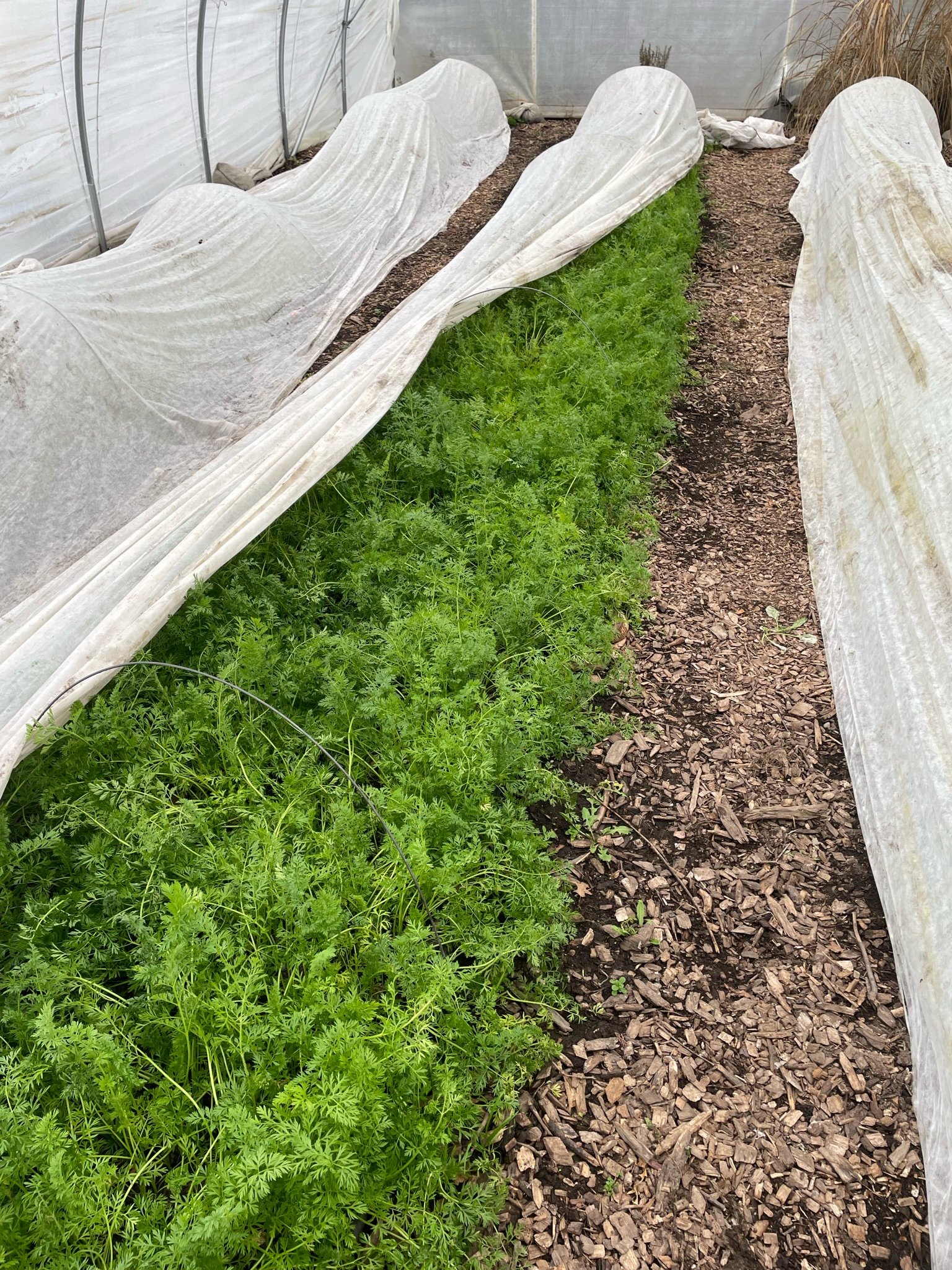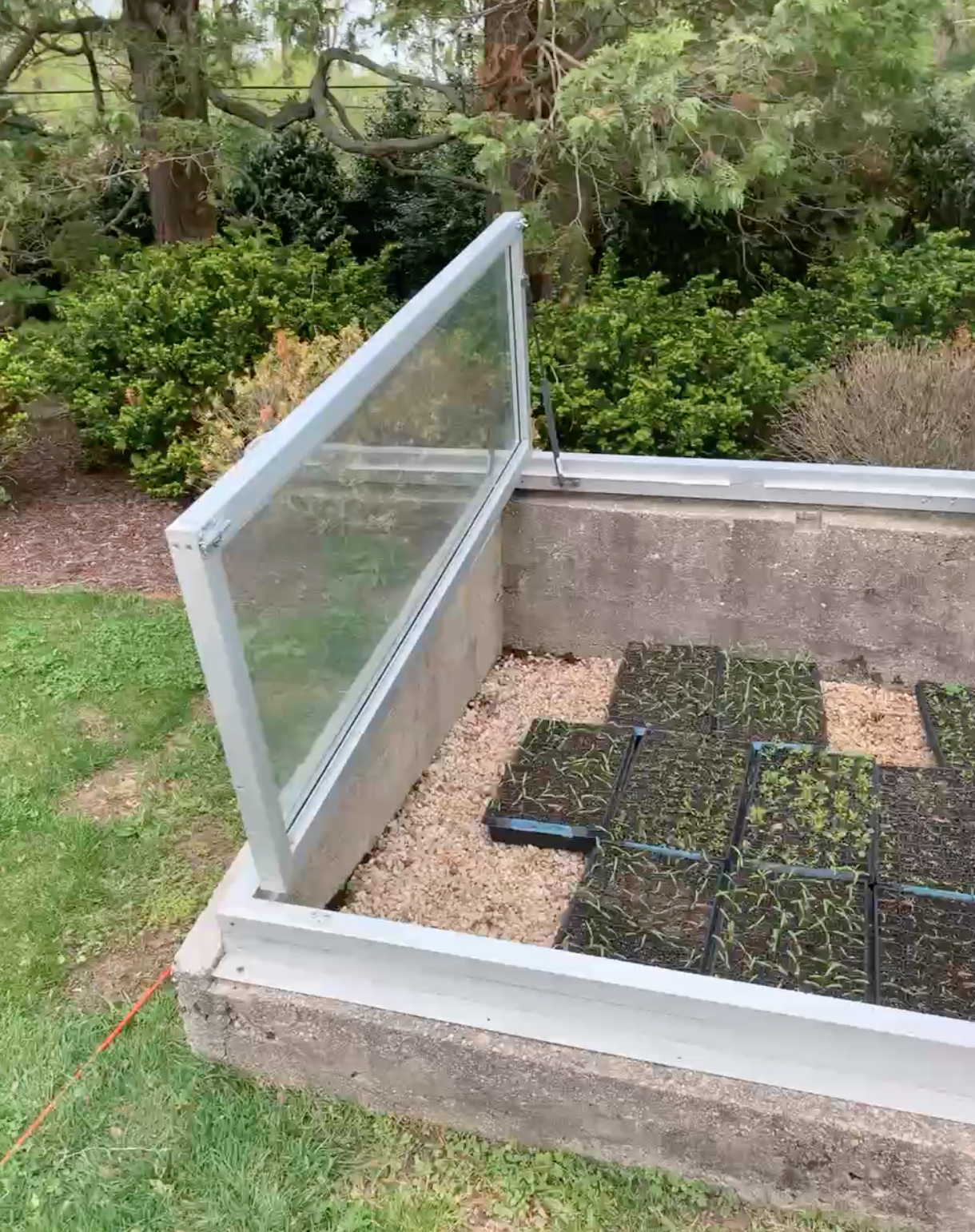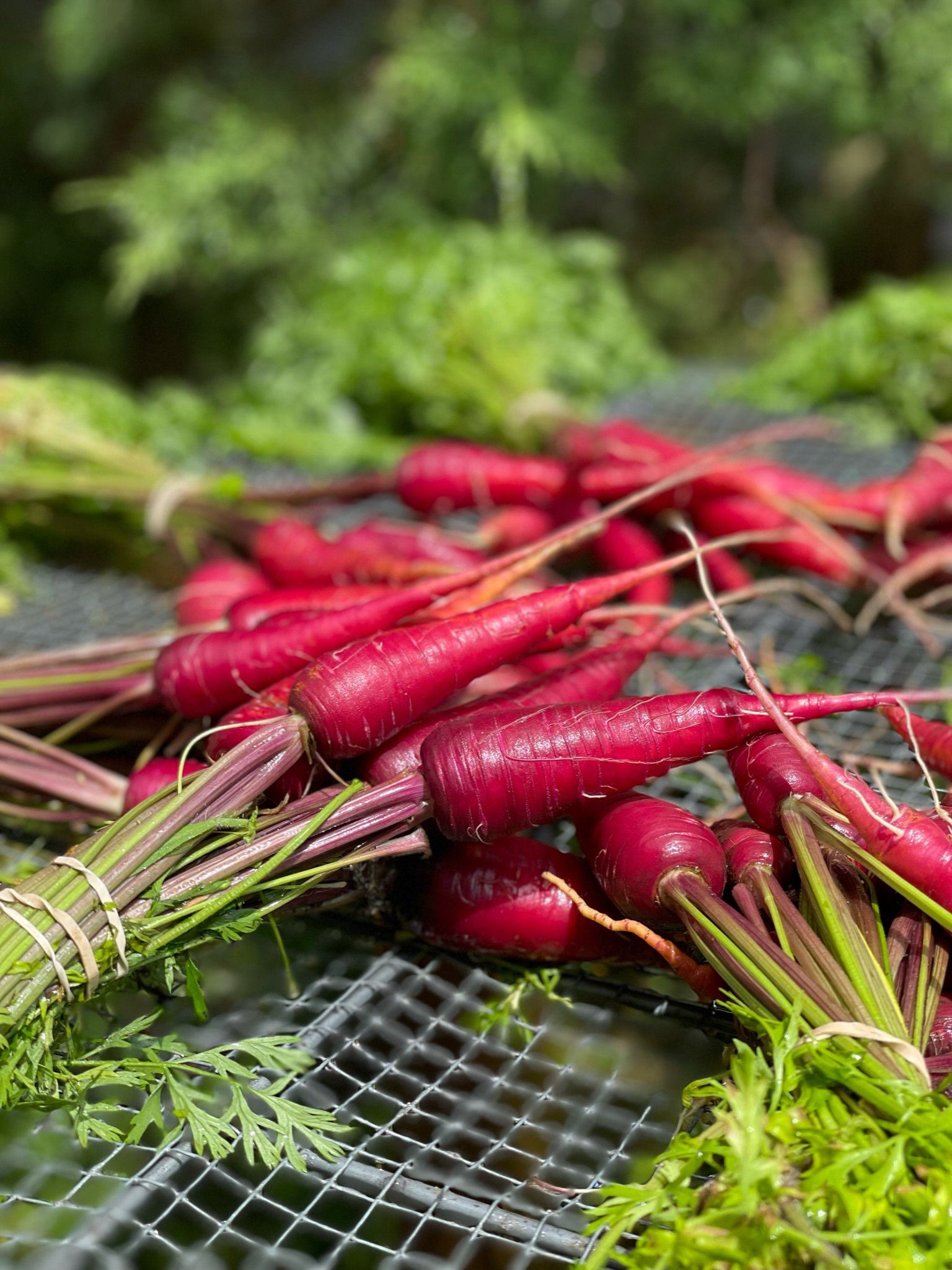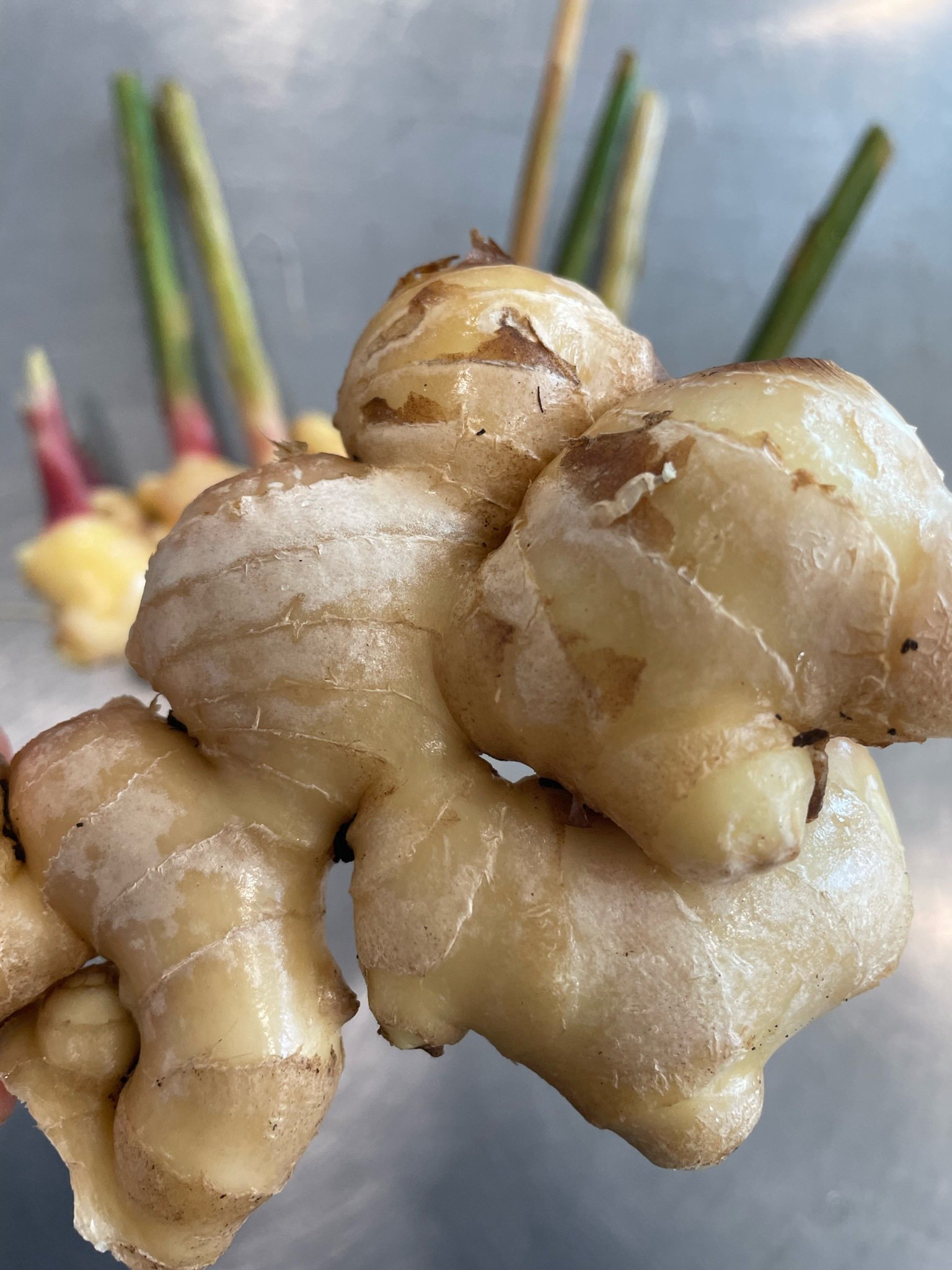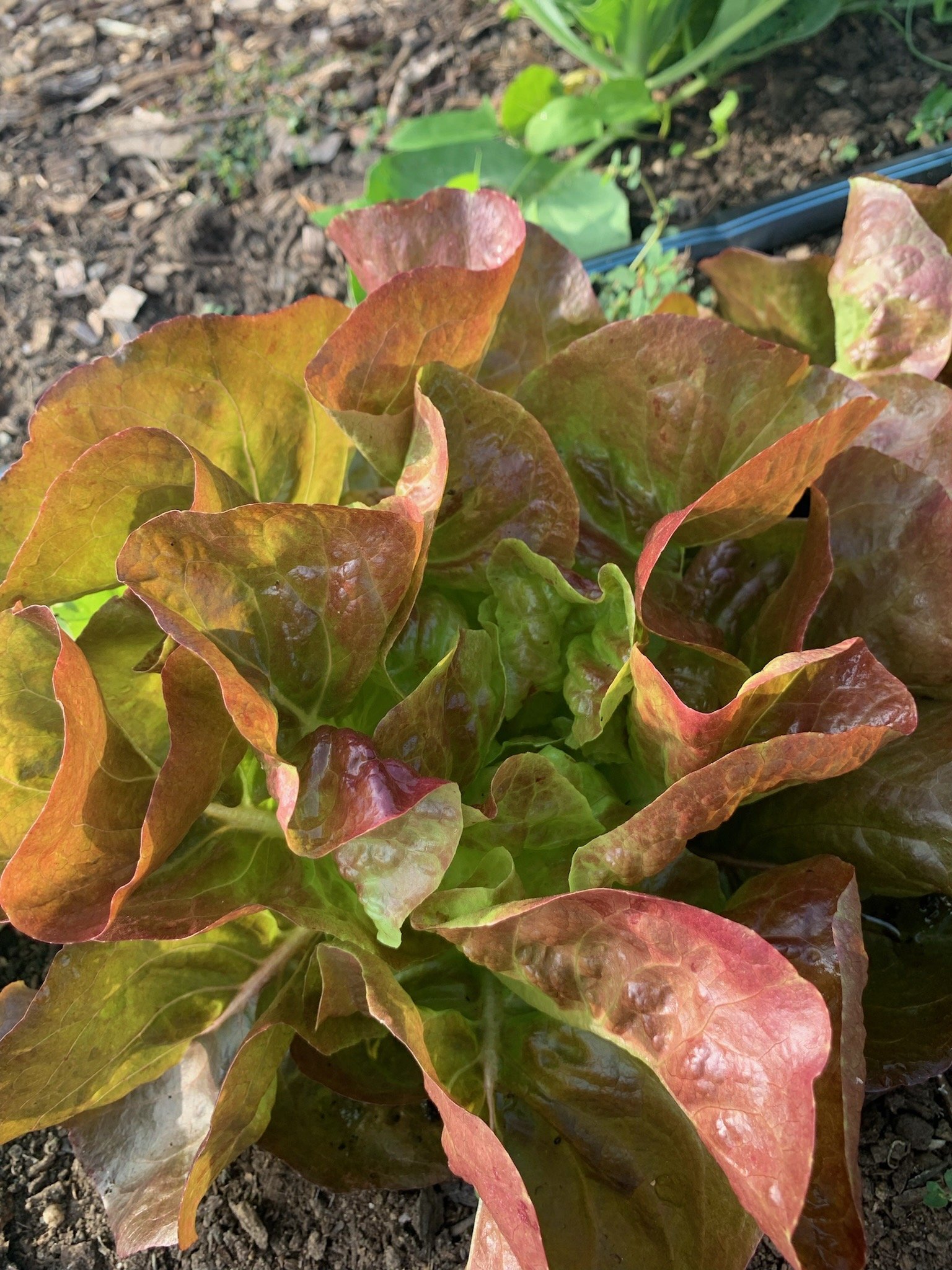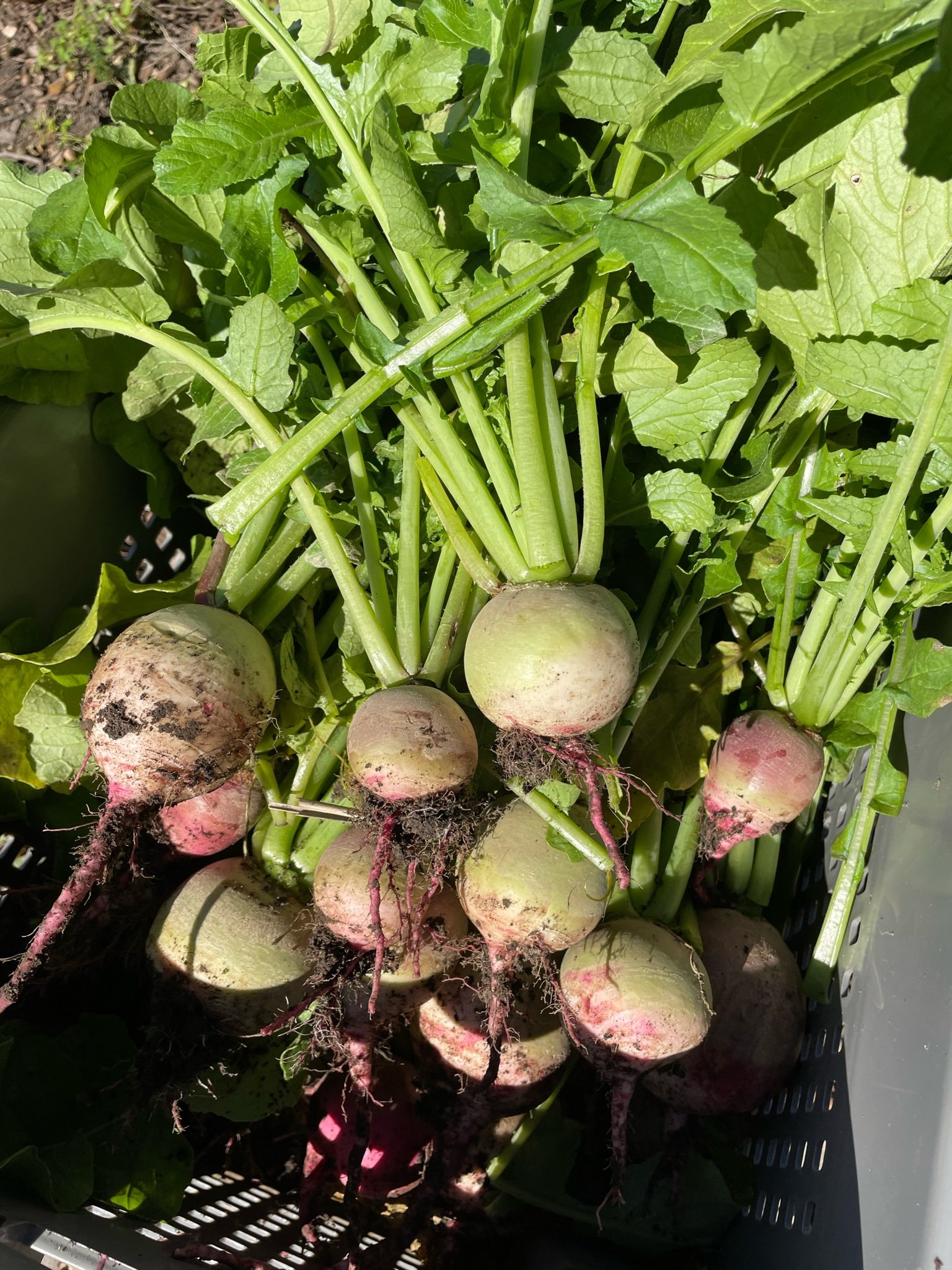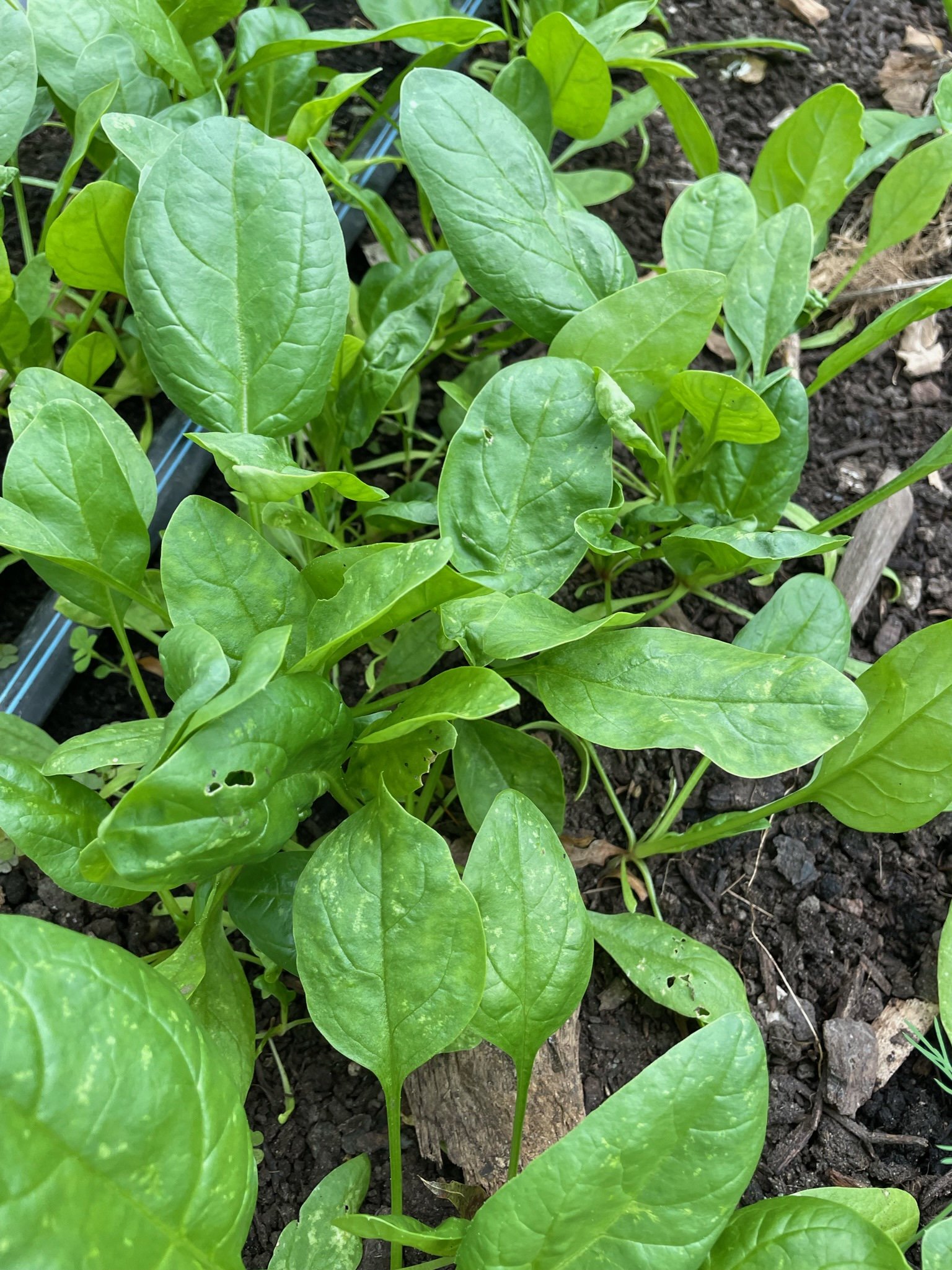How to Start a Backyard Garden: Season Extension
We’ve reached the 4th and final part of our Backyard Garden series! We shared our top tips for planning and preparing in Part 1, the basics of seeds and planting in Part 2, and tips on harvesting and storage in Part 3. Now we’ll share how we can extend that success long into the season, reaping the most benefits from your hard work and planning!
Infrastructure
Covers and Mulches
Houses and Tunnels
Beds and Sills
Planning Techniques
Succession Planting
Intercropping
Choose Your Crops
Our Tips For a Successful Harvest
Infrastructure
Covers and Mulches
There are many ways to protect, warm, and preserve plants once they’re in the ground. Covering leaves or mulching the soil helps plants weather the weather when things get a little chilly in the spring and fall.
Row cover, commonly known as garden fabric, can be draped over plants and secured so it doesn’t blow too much in the wind, whilst still allowing for some sunlight and ventilation through. This extra layer helps prevent cold, drying winds from stressing the plants, and retains just enough extra heat for cool-loving crops to thrive. This is also a technique for certain air-borne insects and pests that may be wreaking havoc on your plants!
There are also techniques for at-home gardeners like pillow cases over individual plants only on those early frosty nights in early fall when plants like tomatoes and peppers may still have something to offer.
Though we don’t like to use it at Valentines as there isn’t yet a way to recycle it in our area, plastic mulch, or a sheet of special agricultural plastic, can be used to retain heat, optimize irrigation, and reduce weed pressure. Any mulch or layer to protect the soil will help to keep heat in and therefore extend the length of your season!
Houses and Tunnels
There are various kinds of houses and tunnels that support season extension and / or the specific goals and needs of a farm - we’ll start small and get larger in our descriptions.
Cold frames create a mini-microclimate to increase soil and air temperature and are great for starting seeds, for season extension, and protects young or delicate plants from harsh wind and storms. In essence, a cold frame is a mini greenhouse!
Low tunnels are small tunnels to cover individual rows of crops. Made out of hoops and stretched plastic or row cover, this low tunnel system supports and protects the plants beneath - this is a great option for a small-scale home garden where you only may need to cover a small portion of your garden area.
Hoop houses are smaller than high tunnels and much taller than low tunnels. The same concept applies to a hoop house in that hoops create a rainbow-like shape that agricultural plastic is stretched over to provide insulation and protection for what’s growing inside. Often times, a hoop house will contain a few planting beds and sometimes include a variety of crops depending on companion plants and growth preferences.
Greenhouses can be quite small or quite large and are most commonly made of glass. These structures keep heat in from the sun, and some are heated as well, and they’re often quite humid. A great place to grow or store more tropical plants, greenhouses are a wonderful resource for gardeners big and small to be able to have the space to put plants that may need a more consistent and controlled environment.
Beds and Sills
Raised beds are an at-home gardener’s dream and can be used to extend the season by planting earlier in the season. Within a raised bed you can easily mulch, protect your plants, and the height makes it easier to work with in many cases (also a great way to control weeds, too!). There are many resources online for buying raised beds or learning to build your own! If you’re looking for a simple way to upgrade your garden - we’d recommend this one!
The simple windowsill is something many of us forget about. From herbs to sprouts, there are many food plants you can grow alongside your house plants to have something grown from home all year long. In the winter, move your plants to a south-facing window if possible to ensure they’re getting the most amount of sunlight in a season where it’s hard to come by!
Planning Techniques
Succession Planting
Planning your seedings of crops like lettuce, tender herbs that bolt like cilantro, root veggies like beets and carrots, etc. in a succession will allow you to have a longer supply of your favorites! Depending on how fast you can eat, process, or share what you’re growing, seeding lettuce for example every two or three weeks throughout the entire growing season will allow you to continue harvesting lettuce from early spring to late fall - especially with some of the protection techniques above!
Intercropping
This technique is a great way to utilize space, decrease pest pressure, and receive the highest yield within a small amount of growing space. This way, the extra produce you are able to grow, you can process and preserve, you can dry and store, or you can enjoy throughout the growing months. Intercropping tomatoes and basil for example within a hoop house will extend the season of both crops and provide a higher yield per square foot of space, optimizing your time and energy!
Choose Your Crops
Season extension is a tool to extend the potential harvest of many crops but choosing wisely will greatly determine your success. Firstly, you’ll want to find cold-tolerant or cool-loving varieties because even with many of the tools above, it still gets chilly overnight in the spring and fall and you want to do everything you can to protect your plants!
Of course we’re not going to grow pineapple in the northeast, but within a greenhouse or hoop house, you may be able to grow semi-tropical crops like ginger and turmeric which are incredible plants to nurture and harvest.
Some of our favorites to plant early, plant late, or harvest over an extended season are onions, carrots, spinach, lettuces, kale, peas, beets, radishes, and herbs. If you’re into these veggies and would like to plan them into your garden next year, we hope this blog, part of our How to Start a Backyard Garden is helpful for you in the season ahead!
Though it may still seem early to start thinking about the magic that can take place in your backyard (and into late fall!), but if you’ve been following this series, you’re right on time. As we said in the beginning of this series, it’s so important to start early as even if you’re well prepared, your garden will be sure to throw you a few unpredictable surprises along the way - it happens to all of us!
We are excited to see how your gardens transform in our upcoming season and hope that you follow along our journey to learn, grow, and share too!


